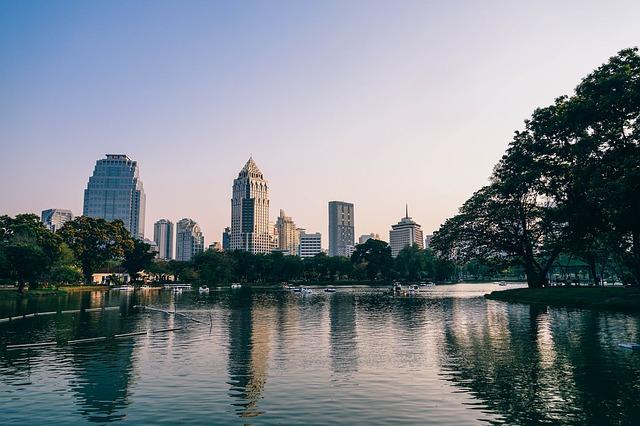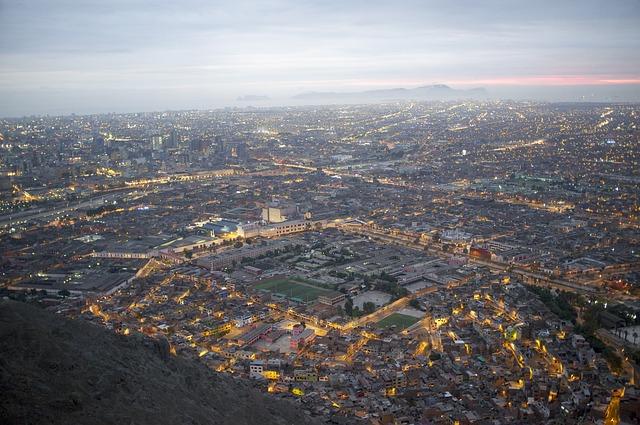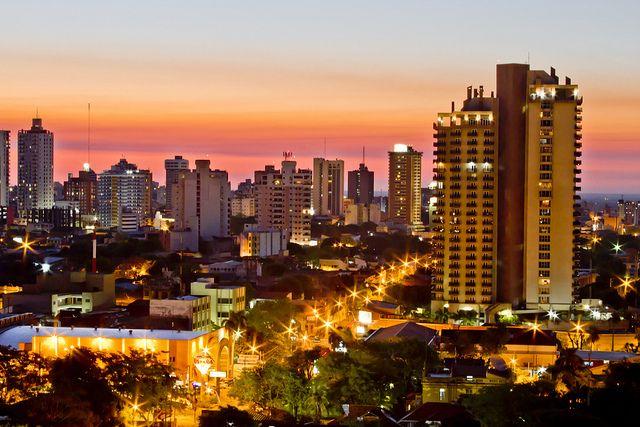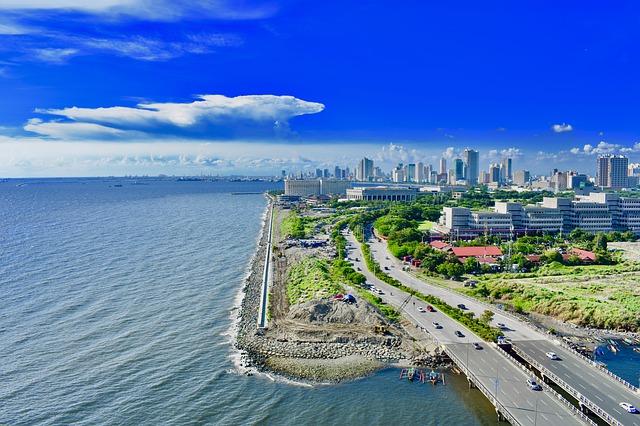How to score a city fast: a 10-metric evaluation template
So, let’s say you’re thinking about moving somewhere new. Could be a tiny Latin American town, could be a mid-sized European city, doesn’t matter. You don’t want to spend half a year figuring out if it works for you.
That’s where having a rough evaluation template saves you from regret. Not an official survey with clipboards and bar graphs, just a handful of key things you can look at in the first week that give you the vibe.
Here’s how I’d break it down into 10 metrics.
1. Cost of Living (obviously)
Yeah, let’s start with the big one. If you can’t afford it, nothing else matters. But don’t just Google “cost of living in X.” Prices on the ground can swing wildly. Your job is to check rent, food, transport, and random daily stuff like laundry or SIM cards.
Tip: walk into a local market your first day. What does $10 buy? If you come out with a bag full of veggies, bread, and a piece of meat, that’s a green light. If it only covers a sad latte and a croissant, you’re in trouble.
2. Housing Hunt
Rent isn’t just about numbers, it’s about what those numbers get you. Is $400 getting you a crumbling studio with a cold shower, or a nice one-bedroom with sunshine and a balcony? Take a few hours to scan listings, but also check those handwritten signs in windows. That’s where the real deals live.
Also: talk to locals about deposits. Some cities demand six months upfront (ouch), others are chill. That can make or break your budget.
3. Safety and Comfort
Every city has good areas and “don’t linger there” areas. Spend a couple evenings walking around at dusk. Do you feel tense? Are people out walking dogs, pushing strollers, laughing with friends, or are the streets empty except for stray dogs and suspicious stares?
It’s not about zero crime (no place has that, although Dubai comes close). It’s about whether daily life feels relaxed. If you feel like you’re on guard 24/7, you won’t last.
4. Getting Around
This one’s huge and often ignored. How do people move? If you’re relying on buses, are they frequent and cheap, or a nightmare? If taxis or Ubers are your thing, is it affordable?
Bonus points if you can actually walk places without playing human Frogger across six lanes of traffic.
You’ll learn a lot just by trying to run errands. Can you get from your Airbnb to the market to the main plaza without spending an hour? That’s a solid test.
5. Community Vibes
Forget TripAdvisor reviews, spend an afternoon sitting in the central plaza, park, or main square. Are people friendly? Do they make eye contact, smile, chat with strangers? Or does everyone look suspicious of outsiders?
If you’re an expat or digital nomad, also check if there’s a decent-sized community already there. It’s not about hiding in an expat bubble, but having a safety net is nice when you need a buddy for a beer.
6. Food Scene
Listen, you’re going to eat three times a day, maybe four if you’re a snacker. So don’t underestimate this one. What’s the street food like? Can you find cheap set lunches? Is there variety, or are you eating the same rice-and-chicken combo until you scream?
A quick check: can you eat out for under $5 without feeling ripped off? And is the grocery store stocked enough that you won’t cry when you miss cheese, spices, or decent coffee?
7. Internet and Utilities
Digital nomads, this one is life or death. Test the Wi-Fi speed at a café and your Airbnb. If the connection drops just loading emails, that’s a red flag.
Power outages also matter, ask around. In some towns, losing electricity twice a week is normal. You can adapt, but it helps to know what you’re signing up for.
8. Healthcare
Boring but crucial. You don’t want to be the person Googling “closest hospital” mid-appendicitis.
Drop by a local pharmacy and a small clinic. Are they professional, affordable, and open? If you need ongoing medication, check availability. It’s no fun realizing your prescription doesn’t exist in the local system.
9. Fun Factor
What do you do on weekends? If the highlight is walking in circles around the plaza, you might get bored fast. Look for live music, local sports, hiking spots, salsa clubs, even quirky museums.
A city doesn’t need to be Vegas, but it should have some heartbeat beyond errands and sleep.
Quick test: ask a local what they do for fun. If they say, “nothing really,” that’s telling.
10. Intangible Feel
This is the hardest one, and maybe the most important. Call it gut instinct, call it chemistry, whatever. Some cities feel right. Others don’t.
Sit in a café, order a coffee, watch the world move. Are you relaxed? Do you catch yourself smiling at random things? Or are you fidgeting, annoyed, checking your watch? That’s your answer.
Now, how do you actually score all this? Simple. Don’t overcomplicate it. Give each metric a rating from 1 to 10. Not scientific, just vibes. Cost of living: 8. Safety: 6. Food: 9. You’ll quickly see if the city is hitting your priorities.
A city doesn’t need to ace everything. Maybe it’s only a 6 on healthcare, but a 10 on affordability and a 9 on fun. That might work for you. Or maybe safety is non-negotiable, so anything under 8 is out. The point is to create a rough map that helps you compare apples to mangoes.
Wrapping up
There’s no perfect city. You’ll always trade something, safety for affordability, fun for peace, fast internet for killer views. But with this 10-metric template, you cut through the guesswork and figure out if a city fits your lifestyle before you commit.
The beauty is, it’s flexible. Hate cooking? Then maybe the food metric matters more. Need strong Wi-Fi for work? Put internet at the top. Customize it and trust your gut.
At the end of the day, cities are like dates. You’re just looking for a good match.
Doesn’t have to be flawless, it just has to feel like a place you want to wake up in. And with a system like this, you’ll know pretty fast whether to unpack or catch the next bus out.



